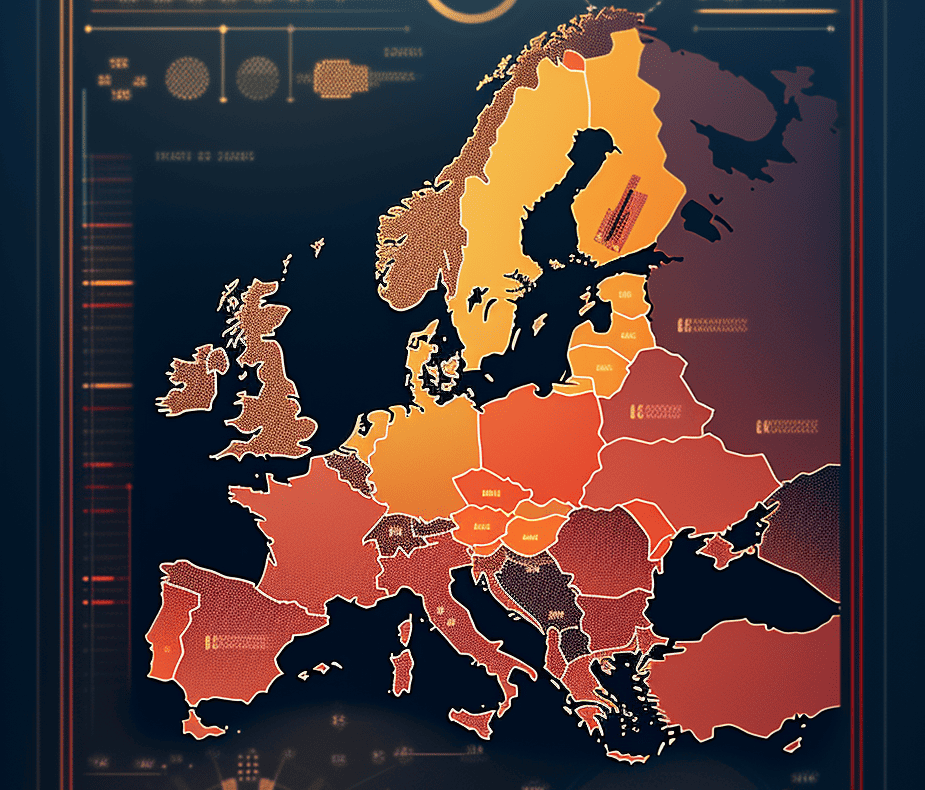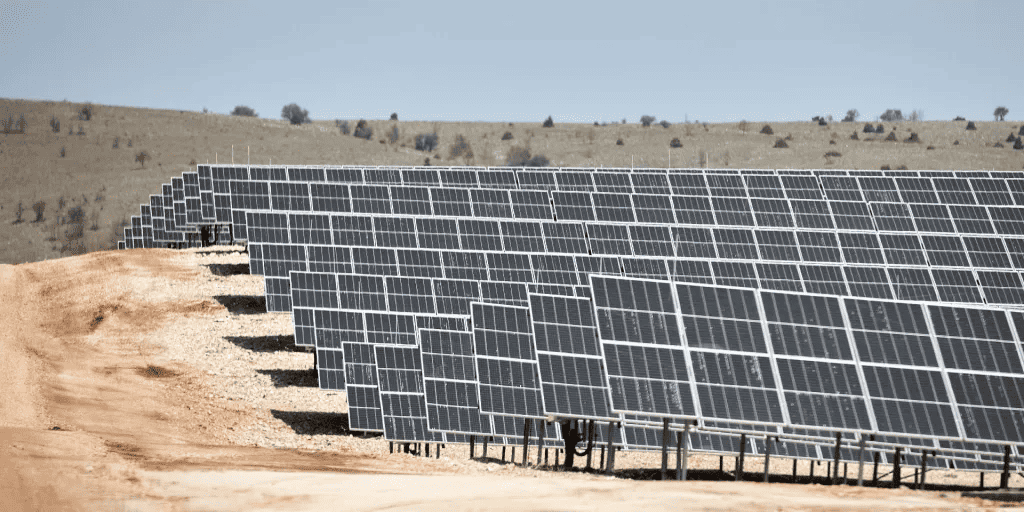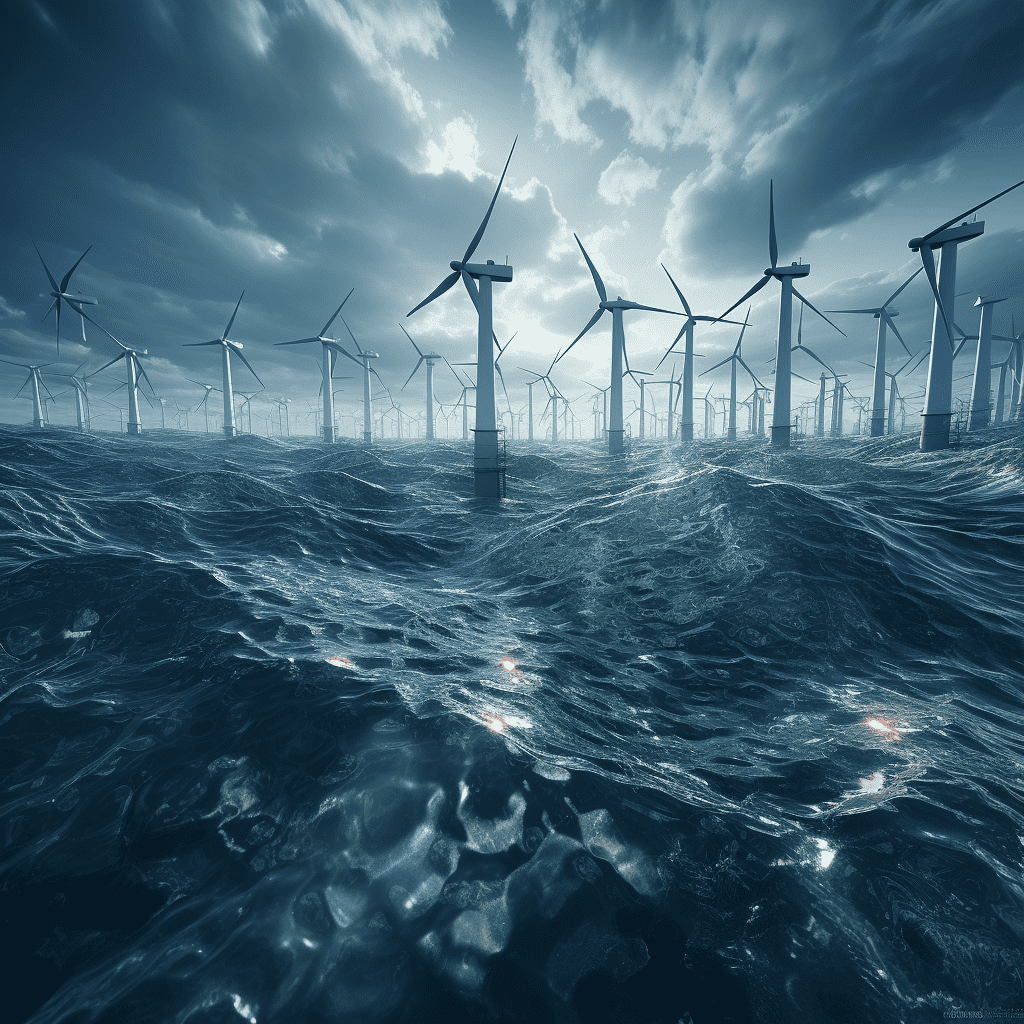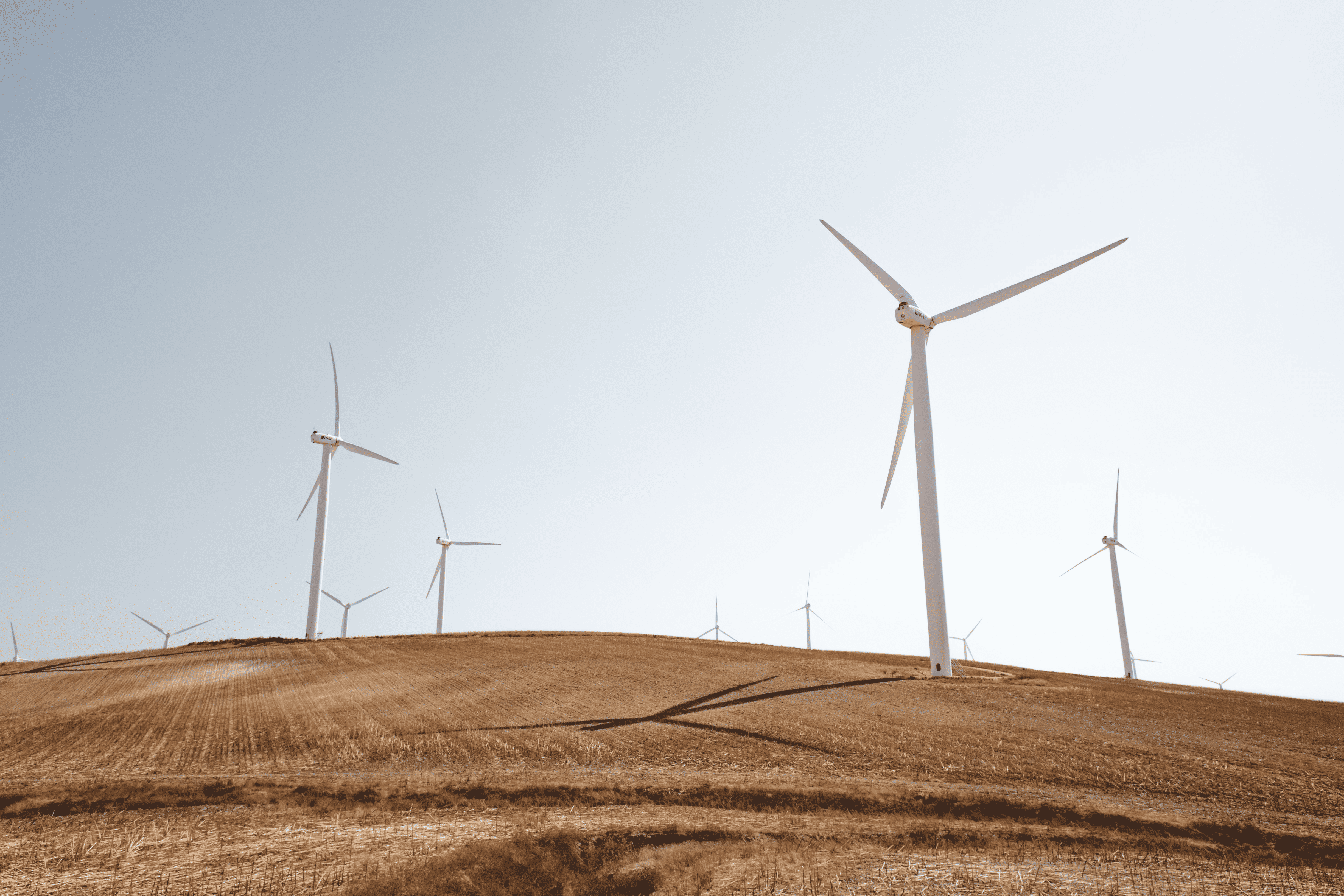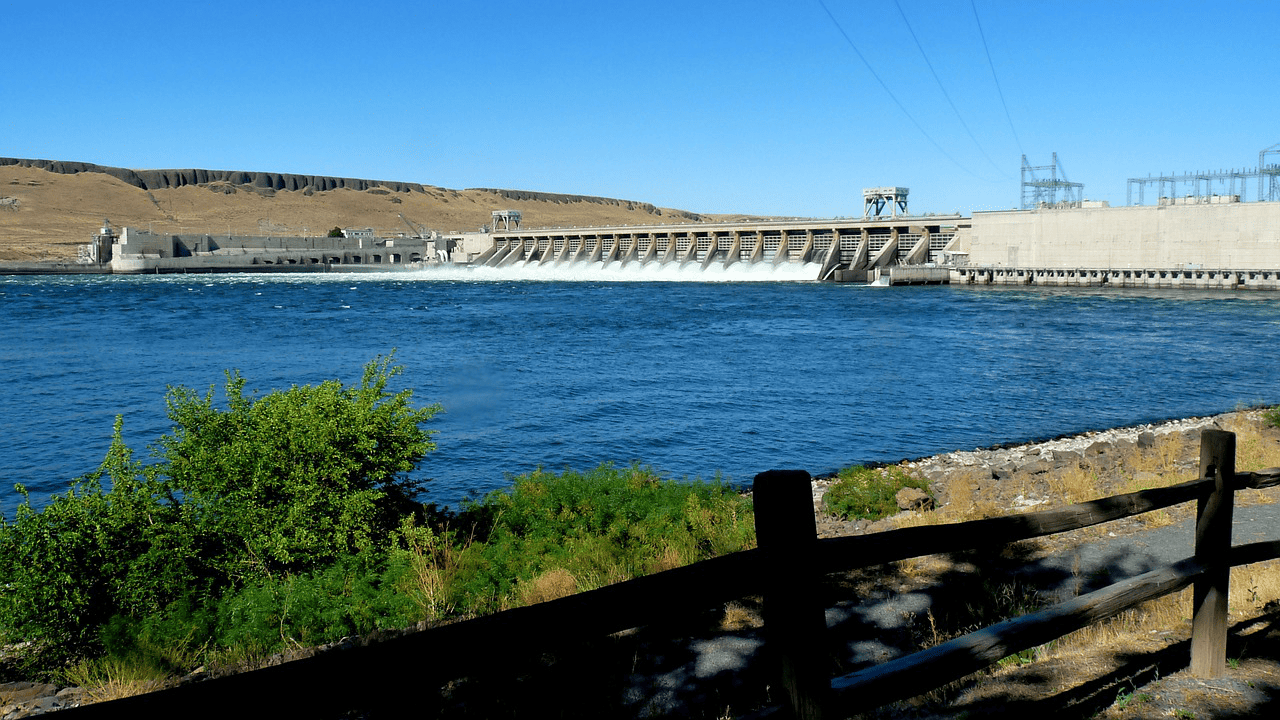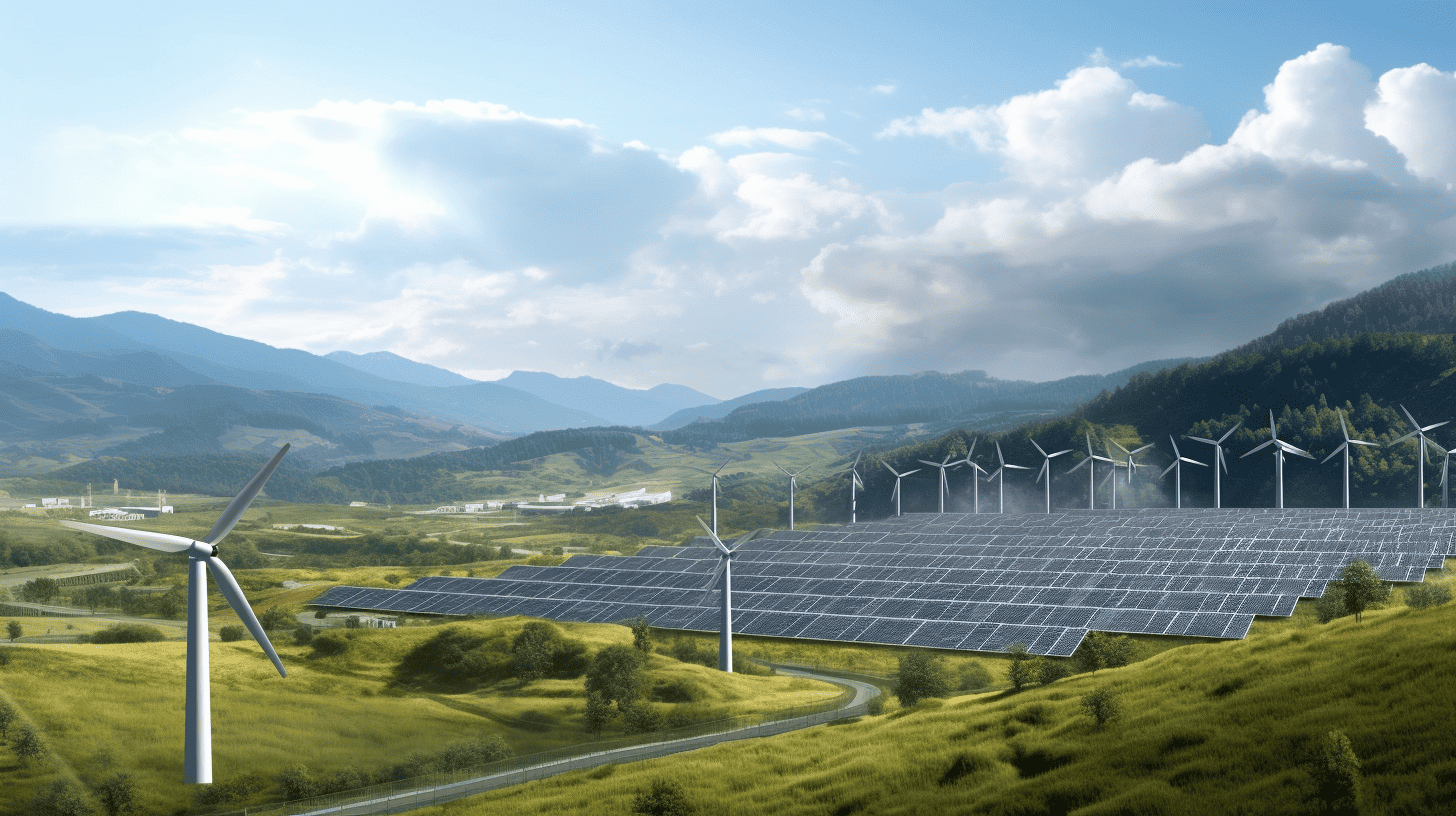
If you regularly check our European Energy Index, you probably notice that some of the greenest countries are the five Scandinavian ones. How do they produce energy in a (mostly) green way? We looked at 2021 data from Eurostat, the International Energy Agency (IEA), and the International Renewable Energy Agency (IRENA).
Hydropower
Given the abundance of water basins, Scandinavian countries massively rely on hydropower. In fact, nearly all stations in the countries are built on river streams. In many other European countries, mixed or pumped hydropower – using dams and reservoirs – is more diffused.
In 2021, 91 percent of Norway’s gross electricity production came from hydropower; in Iceland, the figure was 70 percent, and in Sweden, 43 percent. A fifth of Finnish gross electricity generation came from hydro plants. In Denmark, this figure is marginal – less than point five percent – primarily for geographical reasons, being the smallest country and having fewer water basins.
Gross electricity production is the total electricity produced by plants, including the energy used for powering plant auxiliaries and transformers.
Nuclear
Finland and Sweden are the two only Scandinavian countries with nuclear reactors. In 2021, both got a third of their gross electricity production from nuclear reactors. Last April, Finland opened Europe’s largest nuclear reactor – with a 1.6 GWh power output – that will secure 14 percent of the country’s electricity demand.
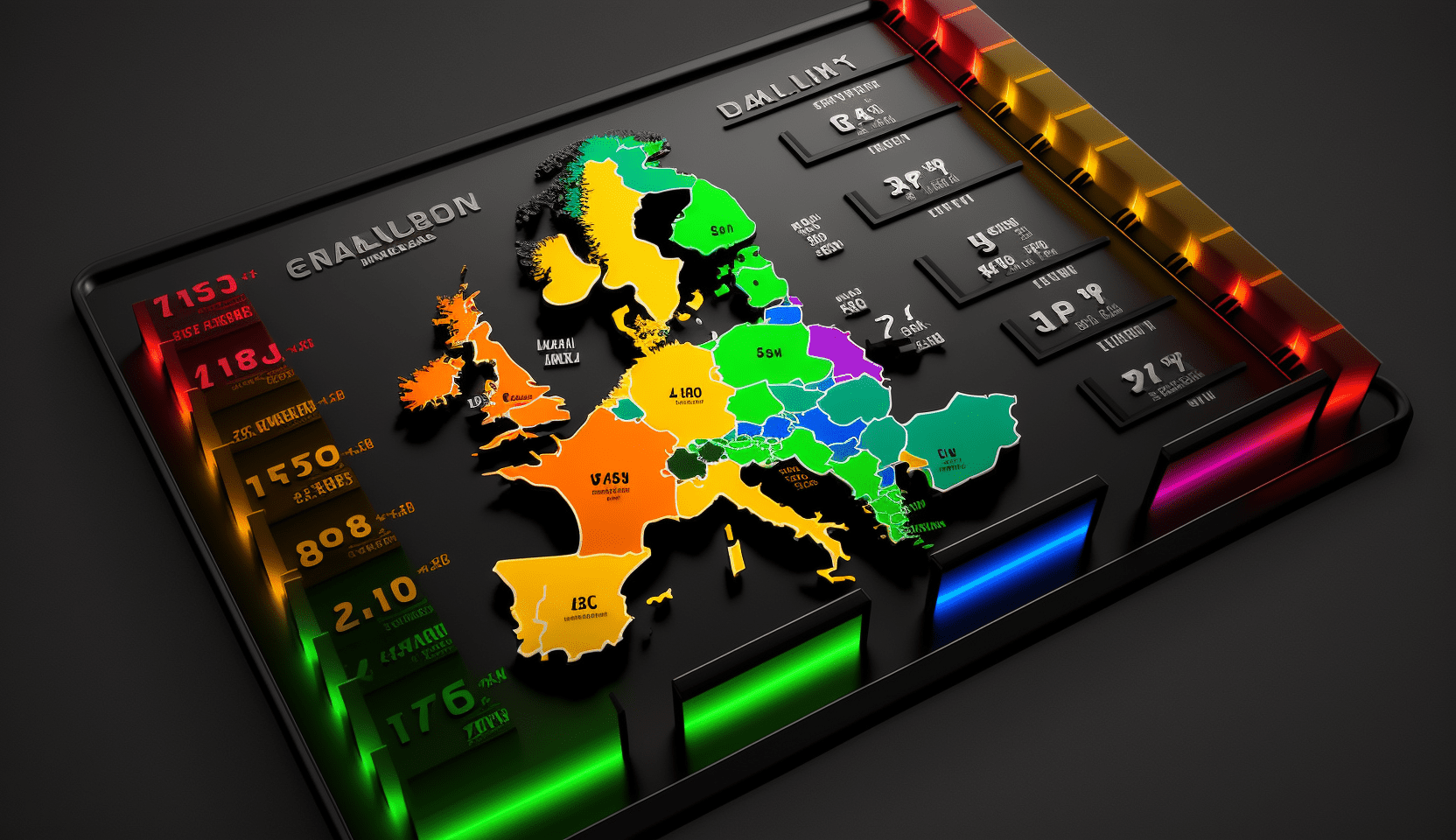
Wind
Besides Iceland, wind installations surged in the last decade in Scandinavia. Sweden is leading the way, with over 12 GW of installed capacity and 27,108 GW of produced electricity in 2021. In Denmark, wind energy has acquired a primary role in powering the country, accounting for half of the electricity produced.
Norway is third in this ranking. It produced almost twelve thousand GW of electricity through its five GW available capacity. Wind power is also growing in Finland, as electricity generation has risen in the past few years.
Denmark
Denmark deserves more specifications, given its small size compared to the other Scandinavian countries. Having mentioned the lower hydro energy production, the country is – of the five – the one most dependent on combustible fuels, which are behind almost half of the gross electricity production. Regarding energy consumption, Denmark has – according to Eurostat – the lowest share of energy from renewable sources of the five – 34.72 percent. By contrast, Iceland got 85 percent of its power from renewables, providing three-quarters of Norwegians’ energy too.
However, Denmark is the second country for wind production capacity installed – over 7020 MW – which provides the other half of the gross electricity produced. In 2021, more gross electricity was produced with wind than fossil fuels. Of the five, it is the most southern and has the highest solar photovoltaic energy capacity, increasing in the last decade.
Denmark is building an artificial island in the North Sea that will serve as a clean energy hub. The plant will produce hydrogen and supply power to three million households linked to offshore wind turbines. It is expected to have a 10 GW capacity and will go online in 2033.
Combustible fuels
Despite having nuclear and hydro plants, a third of the Finnish gross electricity production comes from combustible fuels. Specifically, biofuels are the most used, with lower shares of coal and natural gas.
Overall, Scandinavian countries have been reducing their use of coal, oil, and natural gas for electricity generation. However, Norway recorded the highest amount of electricity generated by coal burning of the last decades in 2021. Despite being a marginal power source, Norway has used more coal in the past two decades than in the previous one.
Unicum
Scandinavian countries’ vast availability of water basins makes it almost a unicum within Europe, making it the most important source of electricity. Wind power is gaining traction as Nordic countries reduce fossil fuel usage, and Sweden and Finland chose nuclear power to differentiate their energy provisioning.


